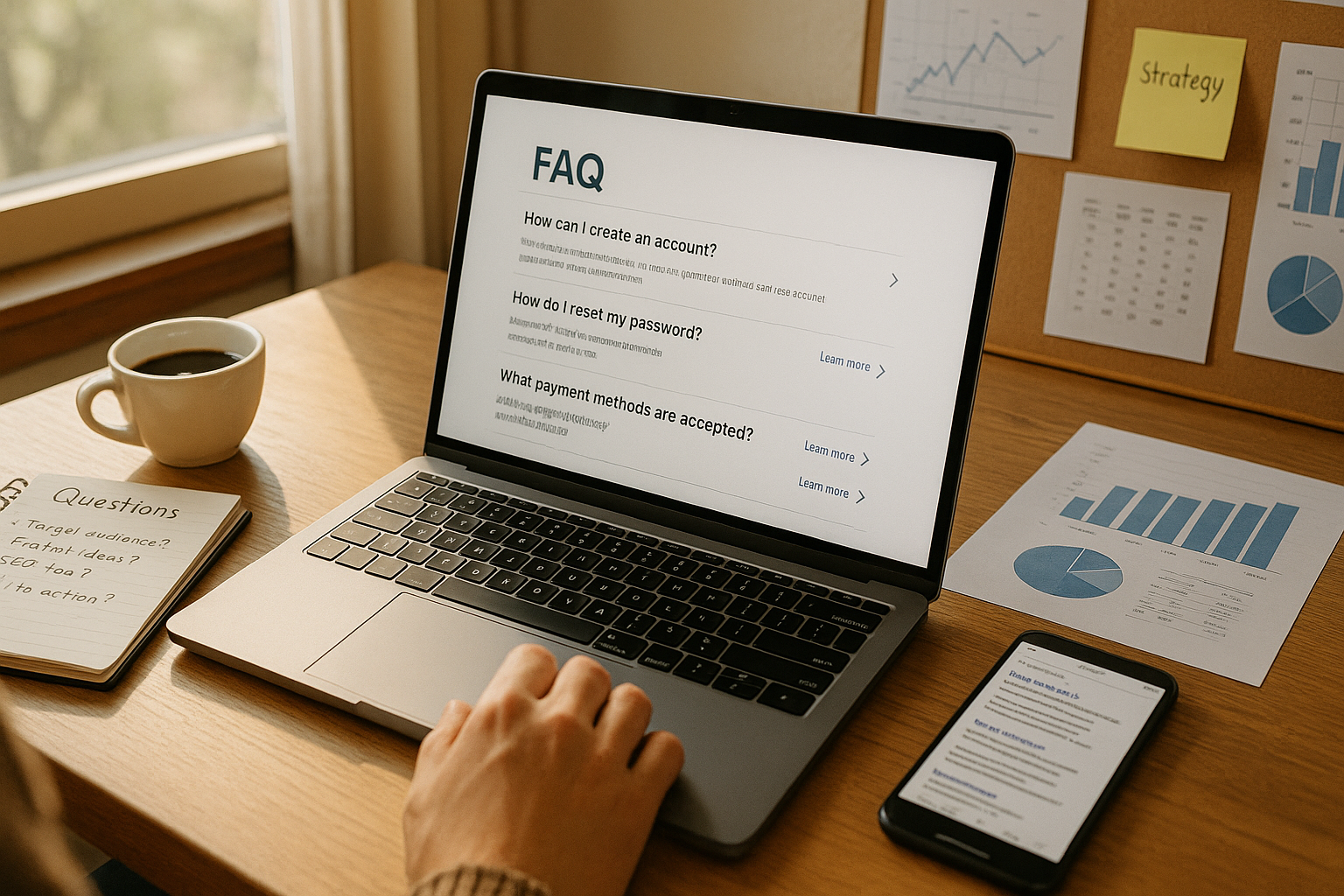WordPress: A Small Business Empowering Tool
What makes a website tick?
Hidden under a website’s shell, there are endless lines of code. Websites are made up of many languages, not just one. HTML is a web language that serves as the foundation and structure of a website. CSS is a stylesheet language that provides a layer of design, giving websites a unique look and feel. But HTML and CSS aren’t the only things running a website nowadays.
Websites also tap into the power of Javascript, which adds a layer of dynamic capability. They’re utilizing PHP, a scripting language that connects to databases. Databases store thousands of fields of information, Facebook being a prime example. (Think of the amount of information flowing to and from Facebook every hour!)
There are dozens of other languages that make up websites, but you get the idea. Websites can do a lot more than they could in the early days of the Internet–but that means they’re also a lot more complicated.
Content Management Systems Make Things Easy
A website might contain ten pages or it might contain thousands. Either way, maintaining those pages without a content management system is nearly impossible today, not to mention extremely inefficient and time-consuming.
A content management system organizes and collects data in a sensible way and allows it to be modified easily. Furthermore, the content management system uses that data to present information to the audience.
 WordPress is a content management system with lots going on under the hood: all of the elements mentioned in the introduction of this article. Yet WordPress makes managing your content simple because its pages, posts, and media are all easily updated. YOU can make changes to your website rather than having to call in an IT swat team. In terms of ease of use, it doesn’t get much better than WordPress.
WordPress is a content management system with lots going on under the hood: all of the elements mentioned in the introduction of this article. Yet WordPress makes managing your content simple because its pages, posts, and media are all easily updated. YOU can make changes to your website rather than having to call in an IT swat team. In terms of ease of use, it doesn’t get much better than WordPress.
Open Source Means an Infinite Amount of Opportunity
Open Source software makes its source code open and accessible to the public, meaning the public can study, change, and share their modifications with everyone. Open Source also means developers have more control over their software, with the freedom to bend and shape it to their will rather than face the previous limitations of proprietary software. (With proprietary software, the source code belongs to the authors, and they’re the only ones legally allowed to copy or change it.)
Would you rather invest in a machine that has a steady, foreseeable output? Or a machine that can be modified and tweaked to achieve unlimited growth and output potential?
Open Source Software Is Free
How do you kickstart your business’s brand and online identity without having to shell out a lot of cash? WordPress. With Open Source, you can expect a large ecosystem of developers and businesses supporting the software. There will be thousands of people working toward the same goal of making the software stronger, since WordPress powers over 25% of the websites on the Internet today. Contributing to the platform provides value to millions of people.
Open Source = Frequent Updates
How often do you get updates for your iPhone or Spotify account? WordPress receives updates frequently and strongly supports backwards compatibility. Similar content management systems require a major overhaul of your files when an update rolls around, but that’s not the case for WordPress.
Updates don’t just mean new features. The majority of updates focus on security: keeping your website safe from pesky hackers. No matter how awesome your build-from-the-ground-up website is, hackers will eventually find a way in, and that’s what makes updates so important. As long as you regularly update your website, you can keep your files safe and secure.
WordPress.com or WordPress.org?
Think of WordPress.com as the service and WordPress.org as the software. WordPress.com will handle a lot of the gruntwork for you, including updates, security, setup, etc. They have excellent support who will hold your hand every step of the way. Yet despite these benefits, I highly recommend self-hosting with WordPress.org.
Websites are an enormous sandbox with the capacity to complete an extraordinary number of functions. With WordPress.com, you can expect limitations in layout, theme, design, functionality, etc. But with WordPress.org, you’ll have full power over your website and its capabilities. Granted, you will need a hosting plan for your website and the technical expertise to get everything up and running. If you need help, agencies like GetPhound specialize in building and hosting WordPress.org websites.
No matter what route you decide, buy your domain! WordPress.com allows you to use their domain for free (ex: yourwebsite.wordpress.com). If you ever want to use your own domain later, you have to reestablish a lot of your search engine presence all over again. Domains are relatively inexpensive, most can be bought for around $10 a year. Act fast before someone else buys it first.
Kudos WordPress
WordPress has come along way since its origins as a blogging platform, thanks to the WordPress community molding and sculpting it into the super powerful tool it is today. It’s really paved the way for small businesses to establish a strong online presence affordably.
Does your business use WordPress? If not, you’re missing out on a platform that could really give your website the extra edge it needs to succeed.
The post WordPress: A Small Business Empowering Tool appeared first on GetPhound.












